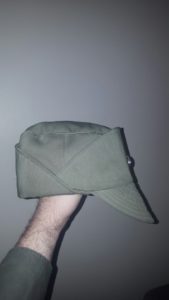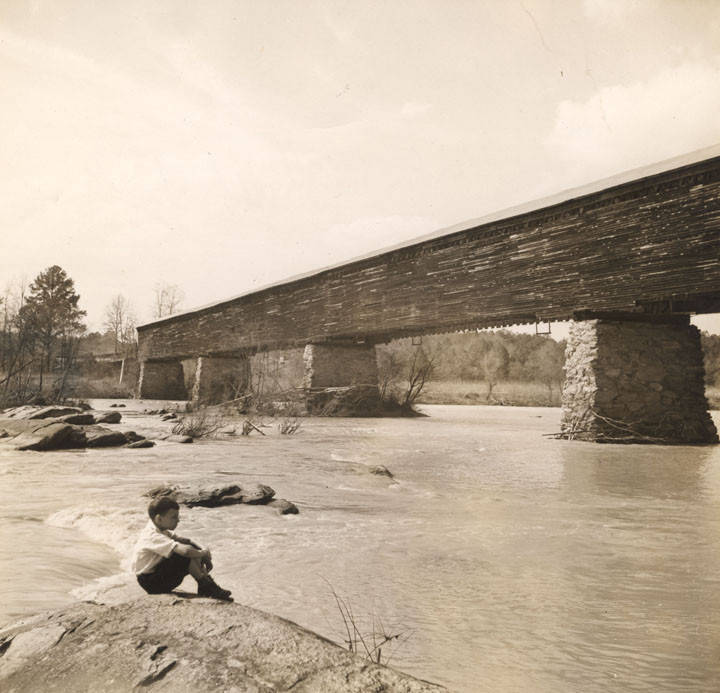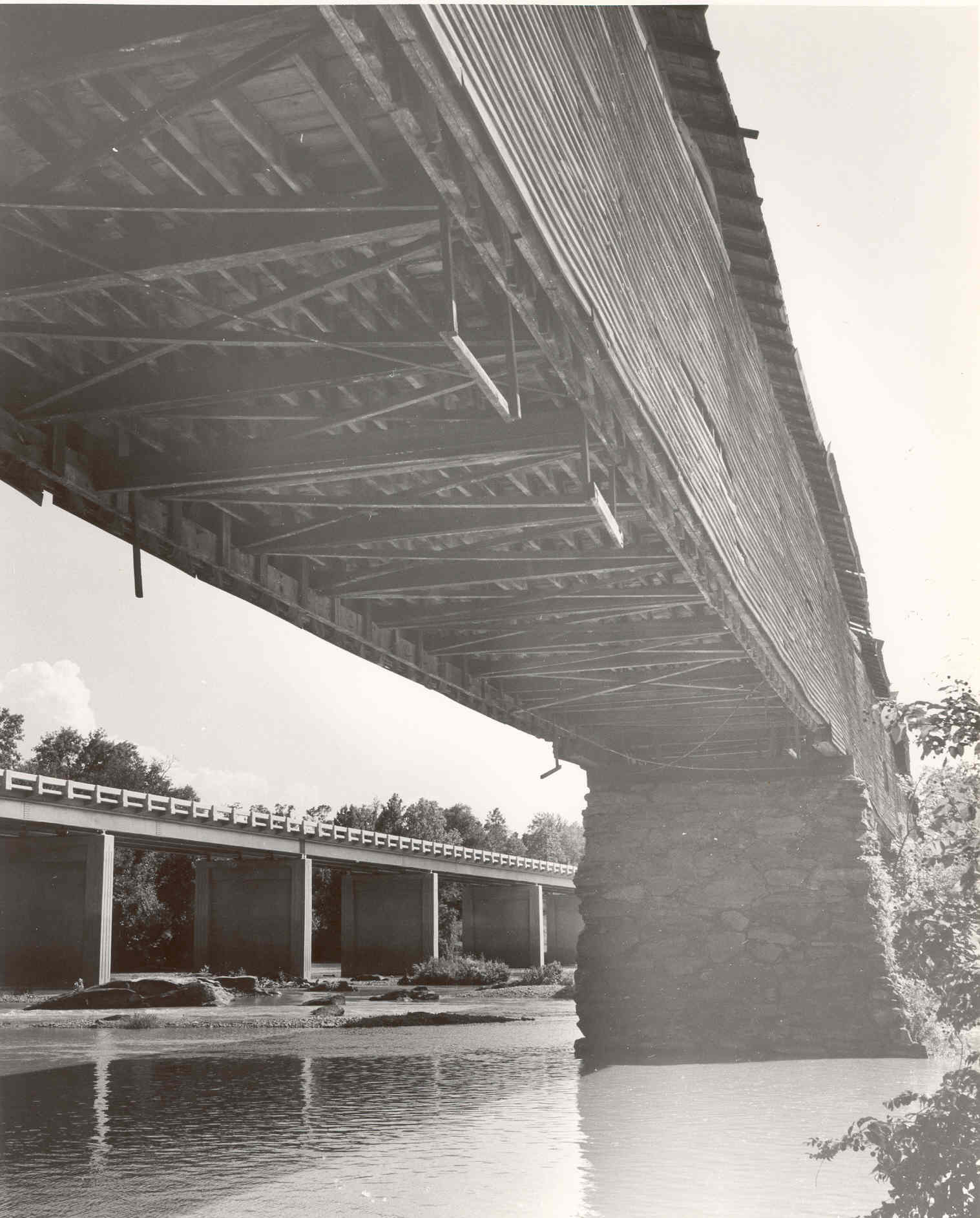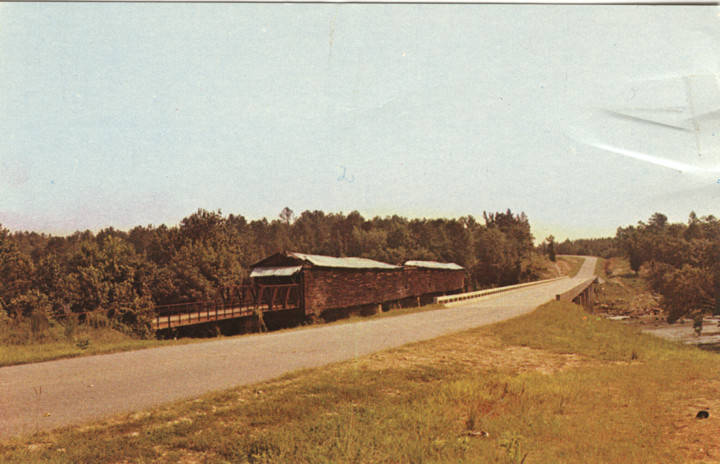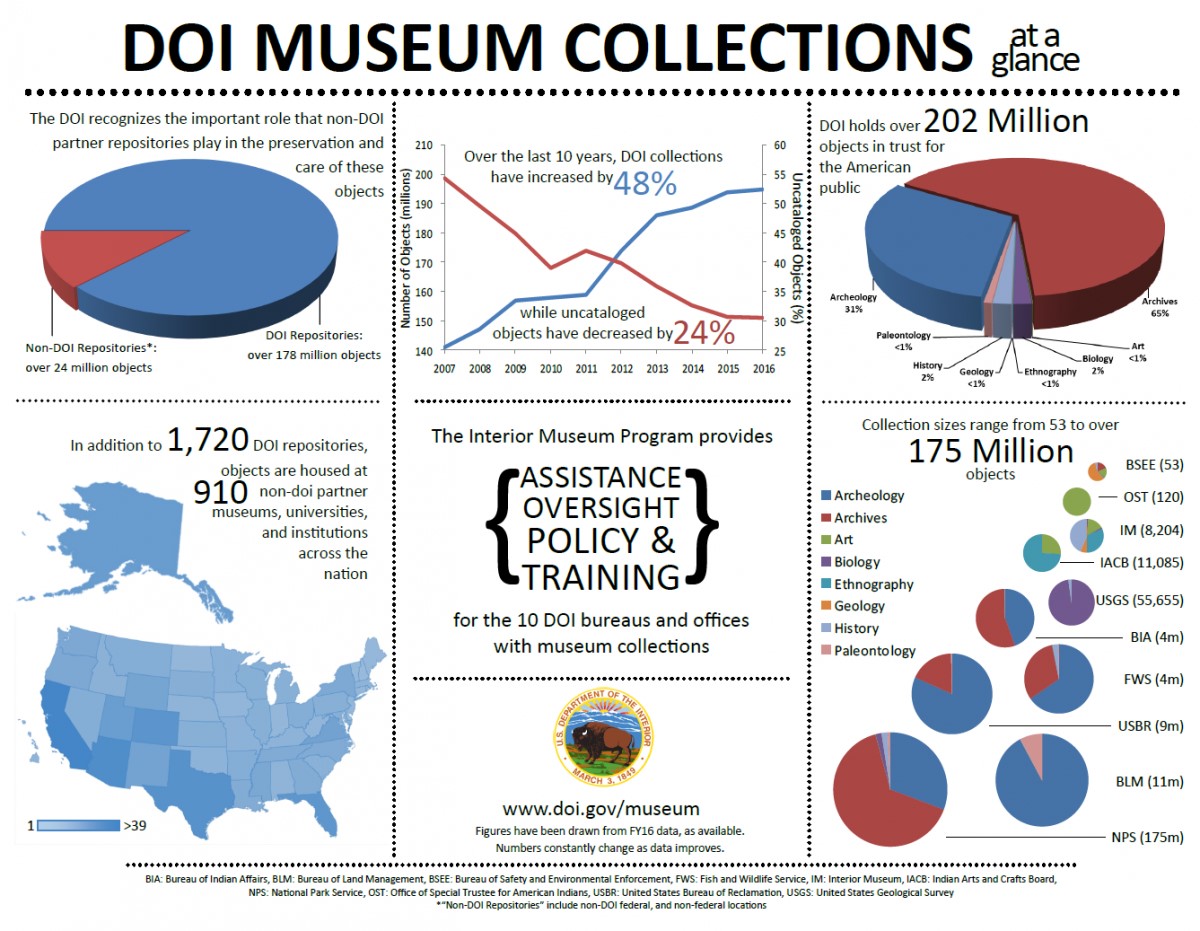The house is less of a historic house museum and more of just a house that has history. Honestly, I think they should either really dedicate some time and energy into introducing period pieces that have a sense of cohesion and story than just an assortment of furniture that the donors don’t want or don’t mind parting with. I think the anarchic approach seems the most logical unless there is a significant change of heart with the donors.
The possibilities really are endless if they decided to take a more anarchistic, public-oriented approach. Plus, I think one could convince the donors that the more people that come means more people appreciating the house which may eventually lend itself to them being more generous. I think a very interesting and easy idea would be to use the new building to teach a class like Public History or for Dr. Noe’s Civil War class. It could also be a great spot for graduate classes since a lot of grad students tend to commute and it has easy parking. It would be wonderful if they could use it as a study space during finals/a normal workweek for the surrounding apartments. They shouldn’t underestimate the power of convenience in the average college student for things like this. I also think that a nice little coffee or food truck could be placed there during the week simply to draw the surrounding college students and business people there for lunch or dinner on a pleasant afternoon or evening. Plus the use of food truck wouldn’t tie the house to a specific restaurant and the food trucks could be interchanged for necessity or variety. I could see it being home for small art shows or concerts because it has a good spot, being right on the border of communal/family living, for connecting college kids with the parents and real people that actually live in Auburn. Plus a lot of this could take place on the front lawn, in full view of the house and highly visible for passersby to join the fun. But the house doesn’t really feel like it has much to say from a historical perspective. Yes the house has history but it doesn’t feel all that connected to the history because it’s not furnished in an original period and the history of the house isn’t terribly compelling. I think they are better served getting to appreciate the house as a more abstract representation of our past and as a unique and somewhat rare example of antebellum architecture (I can’t remember exactly what style it is). I don’t see much correlation between its historic interpretation and its current use. I’m also not sure there is much, if any obvious historic interpretation being presented by the house.
